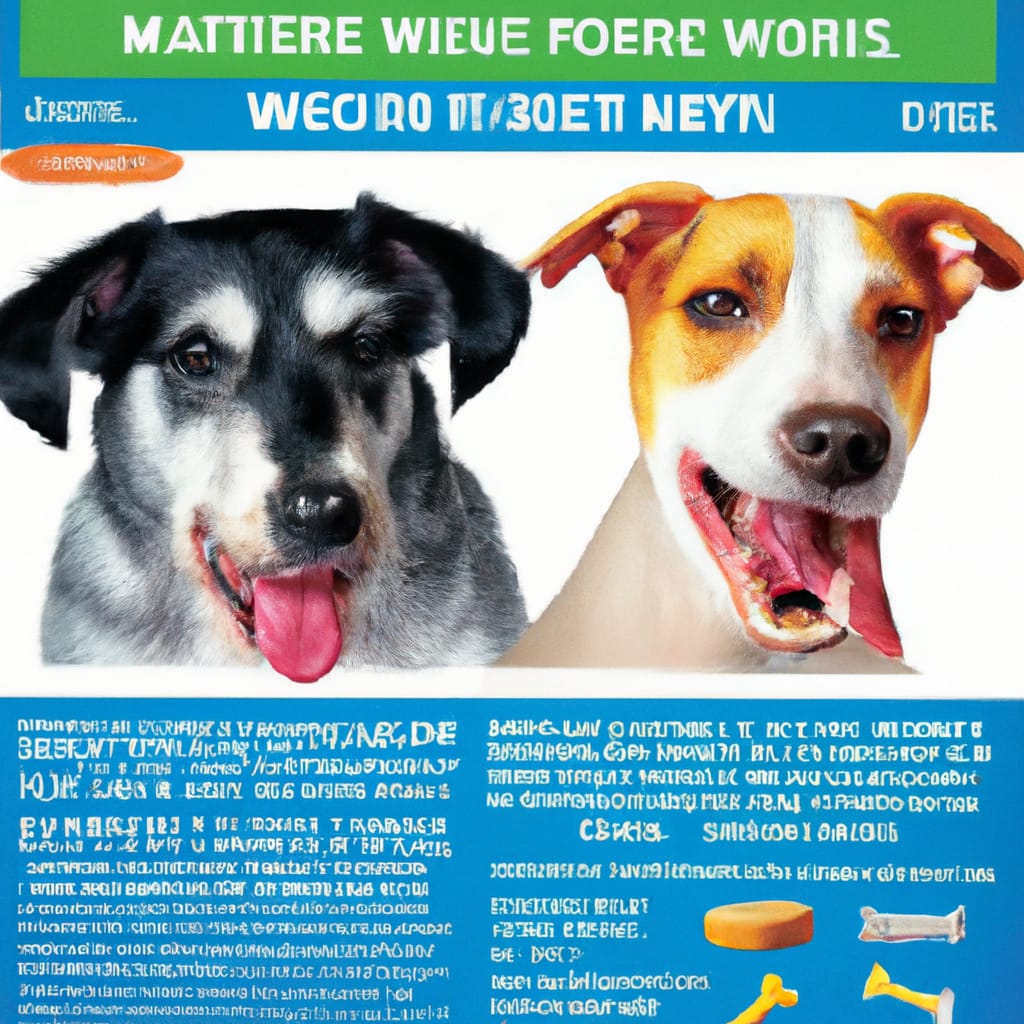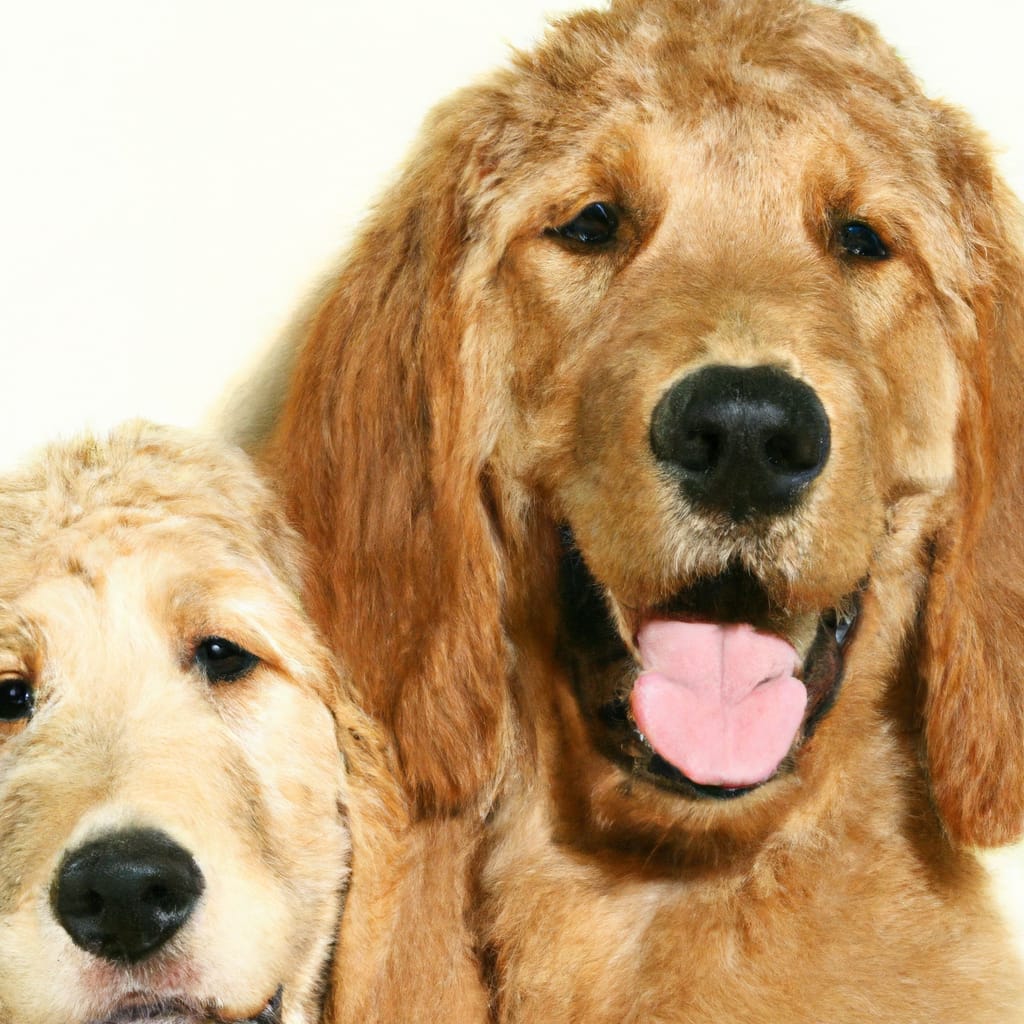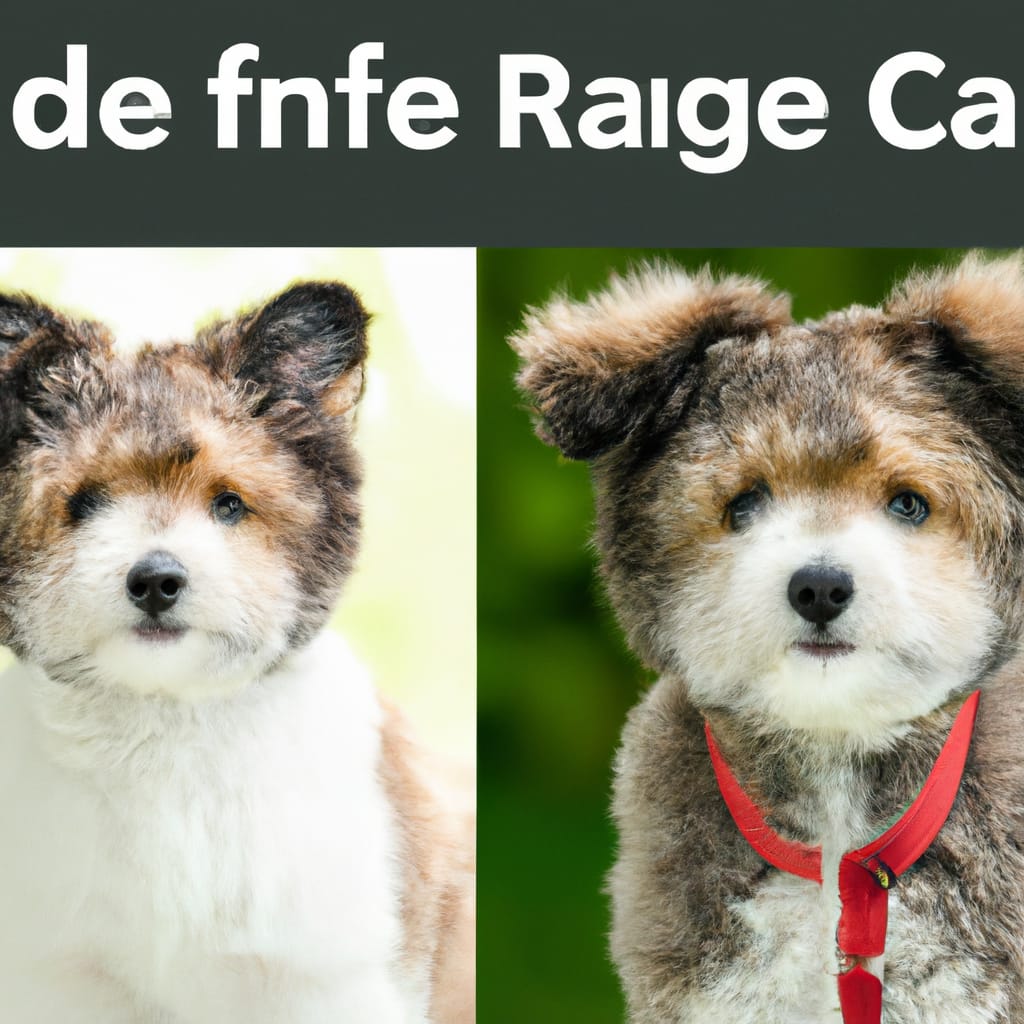Signs Of Tooth Decay In Dogs And How To Get Your Pup Smiling Again
Is your furry friend experiencing dental issues? In this article, we will explore the signs of tooth decay in dogs and provide you with effective solutions to get your pup smiling again. Dental care is vital for the overall health and well-being of your furry companion, and understanding the signs of tooth decay can help you take swift action to prevent further complications. From bad breath to difficulty chewing, we will discuss the common indicators of tooth decay and offer practical tips to restore your dog’s dental health. So, if you’re looking for ways to ensure your pup has a healthy and happy smile, keep reading!

Common Causes of Tooth Decay in Dogs
Poor dental hygiene
Maintaining good dental hygiene is essential for preventing tooth decay in dogs. Just like humans, dogs need regular brushing to remove plaque and prevent buildup of tartar. Unfortunately, many dog owners neglect to brush their dog’s teeth regularly, leading to a higher risk of tooth decay.
Plaque and tartar buildup
When plaque is not removed from the teeth, it can harden and become tartar. Plaque and tartar can cause tooth decay and gum disease in dogs if left untreated. Regular brushing and professional dental cleanings play a crucial role in preventing the buildup of plaque and tartar.
Chewing on inappropriate objects
Some dogs have a habit of chewing on inappropriate objects, such as rocks, sticks, or even metal, which can damage their teeth. Chewing on hard objects can cause fractures or even break the teeth, making them more susceptible to tooth decay.
Certain diet and nutrition
A dog’s diet plays a significant role in their dental health. Feeding your dog a diet high in sugary or starchy foods can contribute to tooth decay. Additionally, a lack of essential nutrients, such as calcium and vitamin D, can weaken the teeth and make them more prone to decay.
Recognizing the Signs of Tooth Decay
Bad breath
One of the most common signs of tooth decay in dogs is bad breath. If your dog’s breath has a foul odor or smells significantly worse than usual, it could be a result of tooth decay or gum disease. Don’t ignore it, as this is a clear indication that your dog’s oral health needs attention.
Yellow or brown discoloration
Tooth decay can cause discoloration on a dog’s teeth. If you notice any yellow or brown spots on your dog’s teeth, it could be a sign of tooth decay. Discoloration is often a result of plaque and tartar buildup, which can lead to decay if not addressed promptly.
Swollen or bleeding gums
Healthy gums should be pink and firm. If you notice that your dog’s gums are swollen, inflamed, or bleeding, it may be a sign of gum disease, which can occur as a result of tooth decay. Proper dental care is crucial to prevent further damage to the gums and teeth.
Loose or missing teeth
Advanced tooth decay can lead to loose or missing teeth in dogs. If you notice that your dog has difficulty chewing or if you find any loose or missing teeth, it’s important to seek veterinary care immediately. Untreated tooth decay can cause pain and discomfort for your dog, affecting their overall quality of life.
Effects of Untreated Tooth Decay
Pain and discomfort
Untreated tooth decay can cause significant pain and discomfort for dogs. Imagine how uncomfortable it would be to have a toothache that lasted for days or even weeks. Dogs may experience pain when eating or playing with toys, leading to a decreased appetite and reluctance to engage in activities they once enjoyed.
Difficulty eating and chewing
Decaying teeth can make it challenging for dogs to eat and chew their food properly. They may avoid eating hard or crunchy foods altogether, leading to malnutrition. If you notice that your dog is having difficulty eating or prefers softer foods, tooth decay could be the underlying cause.
Infections
Tooth decay in dogs can lead to the development of infections. Bacteria from decaying teeth can enter the gums, causing gum disease and potentially spreading to other parts of the body. Infections can be painful and may require aggressive treatment such as antibiotics or even surgery.
Spread of bacteria to other organs
Untreated tooth decay can have serious health consequences for dogs. Bacteria from infected teeth and gums can enter the bloodstream, potentially affecting vital organs such as the heart, lungs, or kidneys. This can lead to more severe health issues and put your dog’s life at risk.
Steps for Maintaining Dental Health
Regular brushing
Regular brushing is the cornerstone of good dental hygiene for dogs. Use a dog-friendly toothbrush and toothpaste to brush your dog’s teeth at least two to three times a week. Start slow and be patient, gradually getting your dog accustomed to the process. Focus on the outer surfaces of the teeth and be gentle to avoid causing any discomfort.
Professional dental cleanings
In addition to regular brushing, professional dental cleanings are crucial for maintaining your dog’s dental health. A veterinary dentist can perform a thorough cleaning, removing plaque, tartar, and other dental debris that cannot be addressed through brushing alone. These cleanings may require general anesthesia, ensuring that the procedure is safe and stress-free for your furry friend.
Dietary changes
A balanced diet can contribute to your dog’s overall dental health. Avoid feeding your dog a diet that is high in sugary or starchy foods, as these can promote tooth decay. Instead, opt for high-quality dog food that supports dental health and provides essential nutrients for strong teeth and gums.
Chewing toys and treats
Providing your dog with appropriate chew toys and treats can help in maintaining dental health. Chewing helps to remove plaque and tartar from the teeth, reducing the risk of tooth decay. Look for dental-specific toys and treats that are designed to promote dental hygiene and help keep your dog’s teeth clean.

Seeking Veterinary Care
Importance of regular dental check-ups
Regular dental check-ups are vital for early detection and prevention of tooth decay in dogs. Your veterinarian can perform a comprehensive oral examination, checking for signs of decay, gum disease, or other dental issues. They can also provide professional cleanings and recommend specific dental care products tailored to your dog’s needs.
Treatment options for advanced tooth decay
If your dog has advanced tooth decay, veterinary care is essential. Treatment options may include extractions, antibiotics for infections, or dental surgeries to treat severe gum disease. It’s crucial to follow your veterinarian’s recommendations to address the underlying cause of tooth decay and improve your dog’s overall oral health.
Home Remedies and Dental Products
Safe and effective home remedies
Some home remedies can help maintain your dog’s dental health, but it’s important to ensure they are safe and effective. One option is incorporating coconut oil, which has antibacterial properties, into your dog’s diet. Chewing on dental-specific toys, such as rubber toys designed to clean teeth, can also help prevent tooth decay. However, always consult with your veterinarian before trying any home remedies to ensure they are suitable for your dog.
Choosing the right dental products
When it comes to dental products for dogs, there is a wide range of options available. Look for toothbrushes and toothpaste specifically formulated for dogs, as human products can be harmful if swallowed. Dental treats and chews can also be used as a supplement to regular brushing, but make sure to choose products that have been proven effective in maintaining dental health.
Preventing Tooth Decay in Puppies
Establishing good dental hygiene early
Prevention is key when it comes to tooth decay in puppies. Start establishing good dental hygiene habits early on by introducing your puppy to tooth brushing. Use a soft toothbrush or finger brush designed for puppies and a puppy-safe toothpaste. Gradually increase the frequency of brushing as your puppy grows and becomes comfortable with the process.
Proper diet and chew toys
Feeding your puppy a balanced diet that supports dental health is essential. Choose a high-quality puppy food that provides all the necessary nutrients for developing strong teeth. Additionally, provide your puppy with appropriate chew toys designed specifically for puppies. Chewing on these toys helps to remove plaque and tartar, reducing the risk of tooth decay.
Alternative Dental Treatments
Anesthesia-free dental cleanings
Anesthesia-free dental cleanings are an alternative to traditional dental cleanings that require anesthesia. These cleanings are typically performed by specially trained professionals. While they can be suitable for some dogs, they may not provide the same level of thoroughness as professional cleanings under anesthesia. Consult with your veterinarian to determine if this is a suitable option for your dog.
Natural alternatives to traditional treatments
Some dog owners prefer natural alternatives to traditional dental treatments. Options such as natural dental sprays, water additives, or herbal dental gels are available in the market. While these products may offer some benefits, it’s important to remember that they are not a substitute for proper dental care. Always consult with your veterinarian before using any natural alternatives.
Frequently Asked Questions
Can tooth decay in dogs be reversed?
Unfortunately, once tooth decay has occurred, it cannot be reversed. However, with proper veterinary care and dental hygiene, further decay can be prevented. Regular cleanings and at-home care can help maintain your dog’s oral health and prevent additional decay.
How often should I brush my dog’s teeth?
Ideally, you should aim to brush your dog’s teeth two to three times a week. However, some dogs may require more frequent brushing if they are prone to dental issues. Consult with your veterinarian to determine the best brushing schedule for your dog.
Is anesthesia necessary for dental cleanings?
In most cases, anesthesia is necessary for thorough dental cleanings. Anesthesia allows veterinarians to perform a comprehensive cleaning, including scaling the teeth and evaluating the mouth thoroughly. Ensuring the safety and comfort of your dog during the procedure is crucial, and anesthesia provides the best environment for that.
Conclusion
Tooth decay in dogs is a common problem that can lead to pain, discomfort, and a variety of health issues. By recognizing the signs of tooth decay and taking proactive steps to prevent and treat it, you can help your furry friend maintain good oral health. Remember to prioritize regular dental care, including brushing, professional cleanings, and seeking veterinary care when needed. With these efforts, you can keep your dog’s teeth healthy and their smiles bright for years to come.












